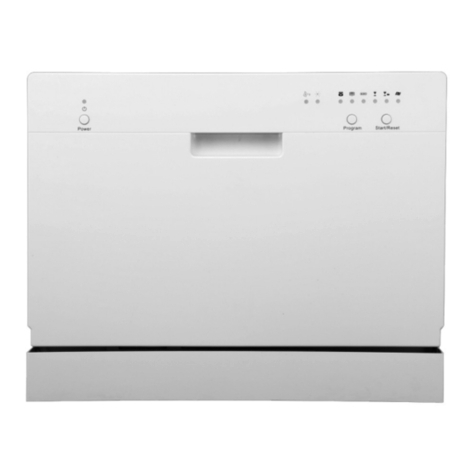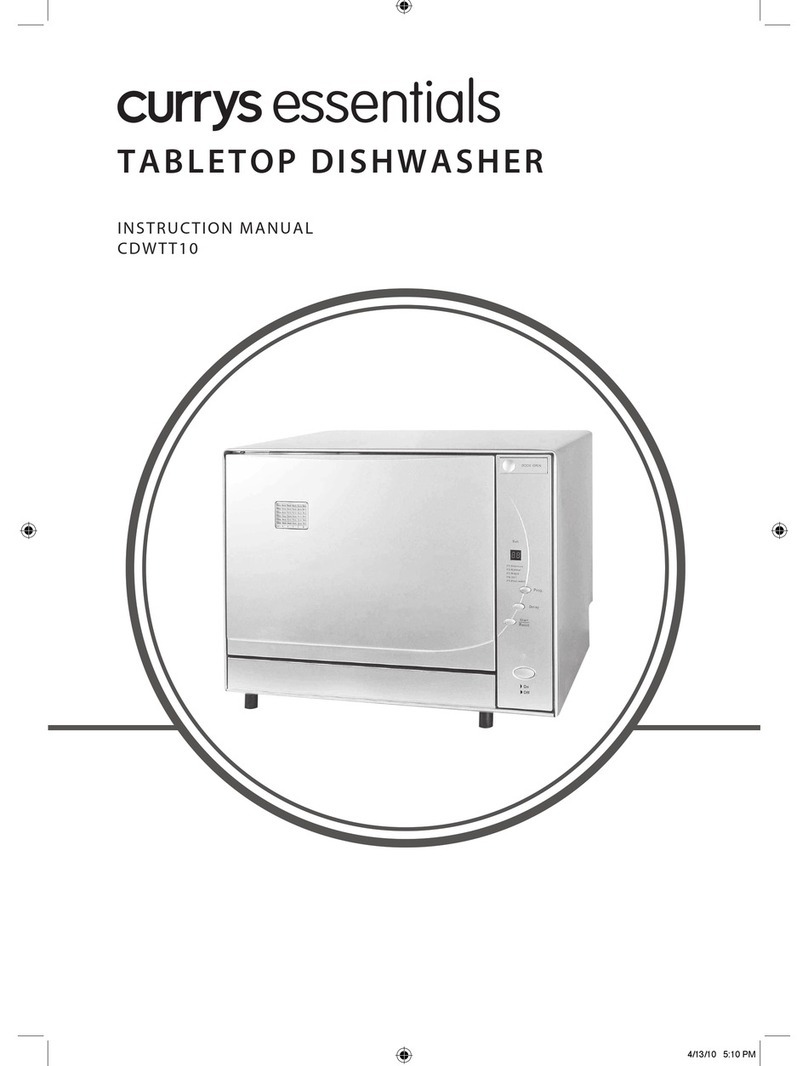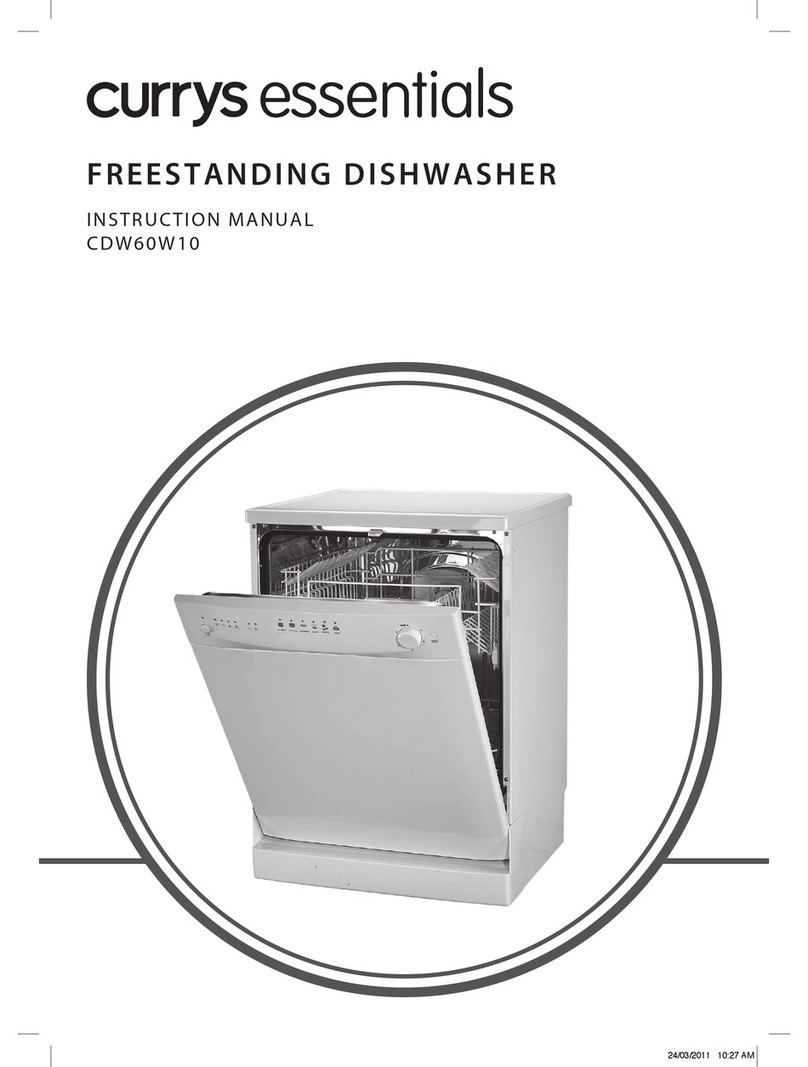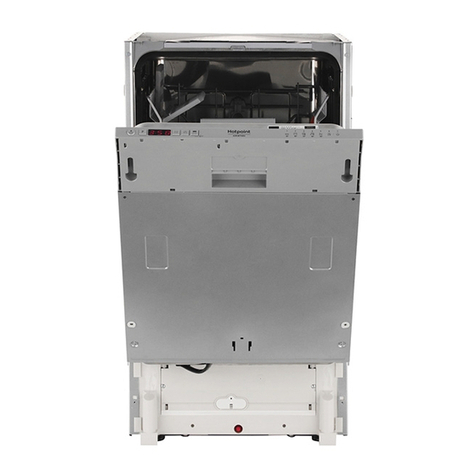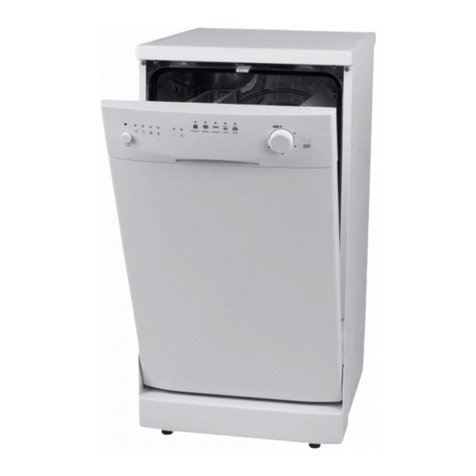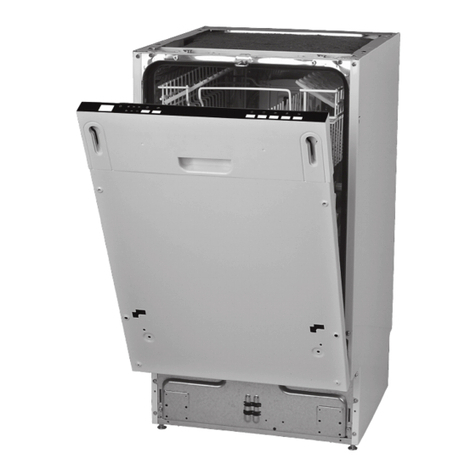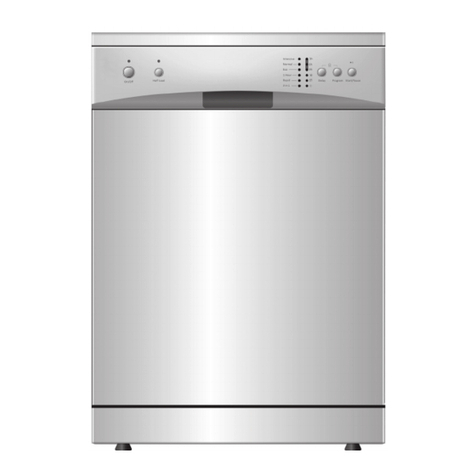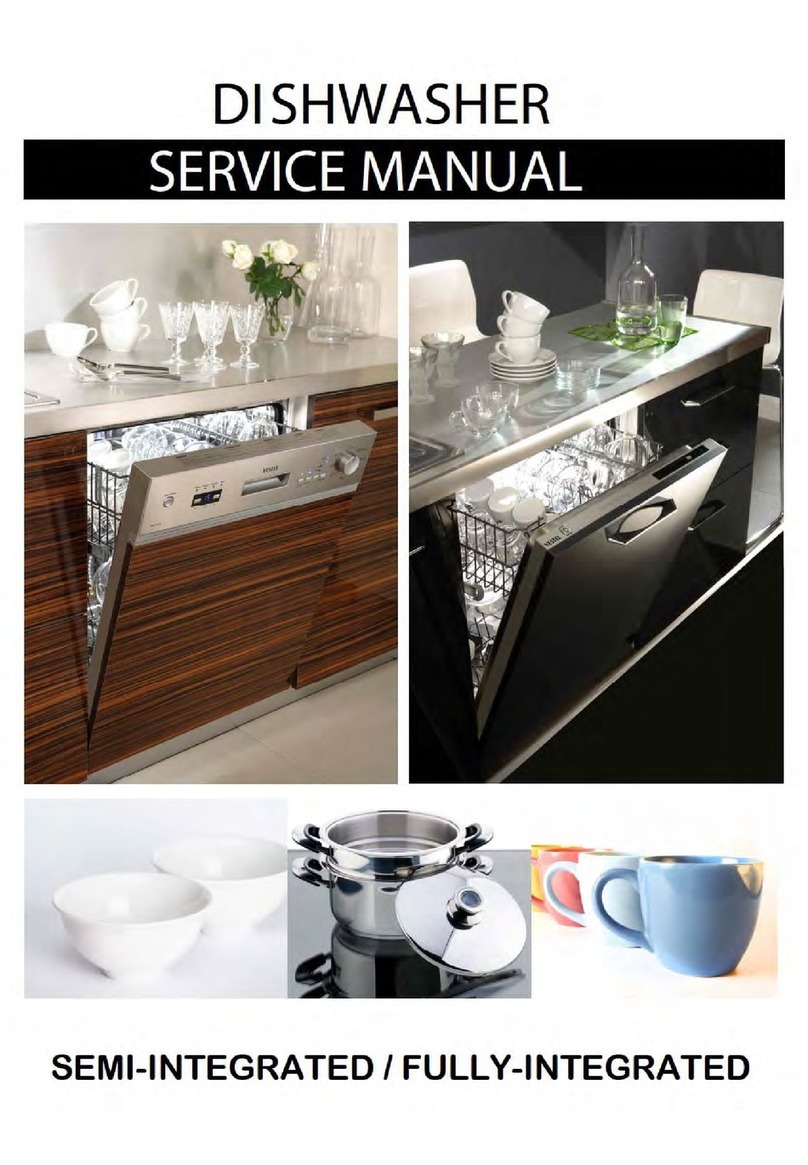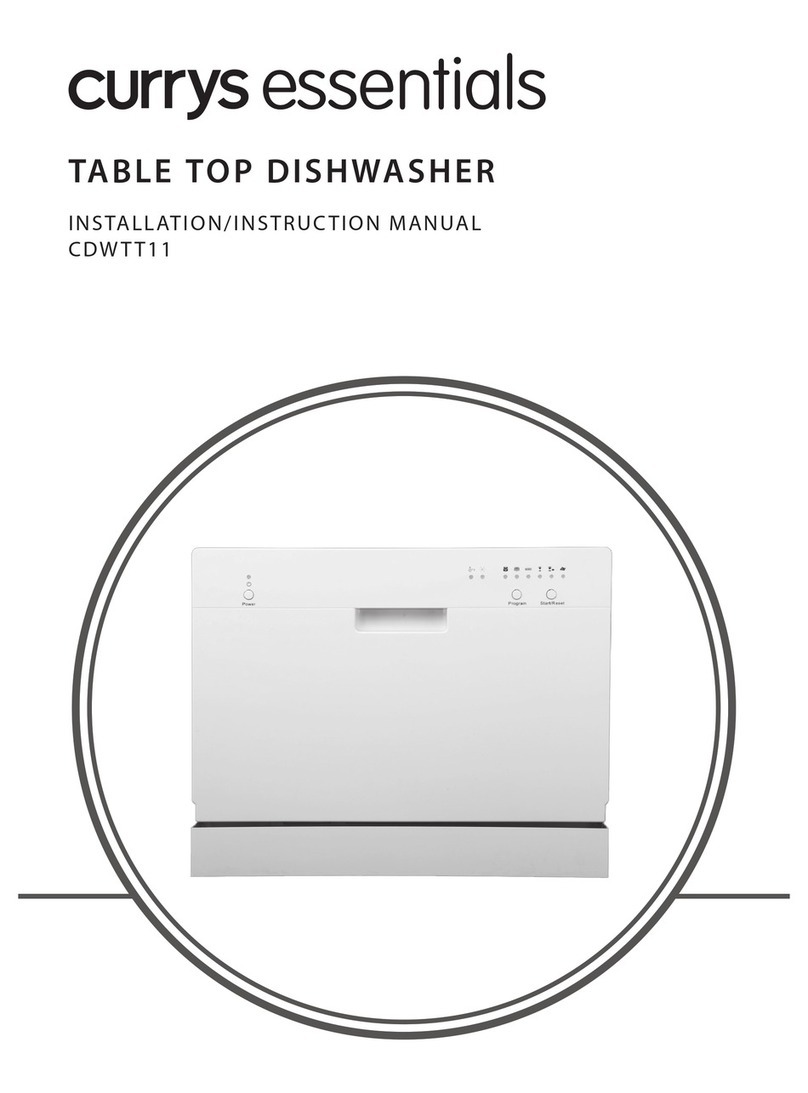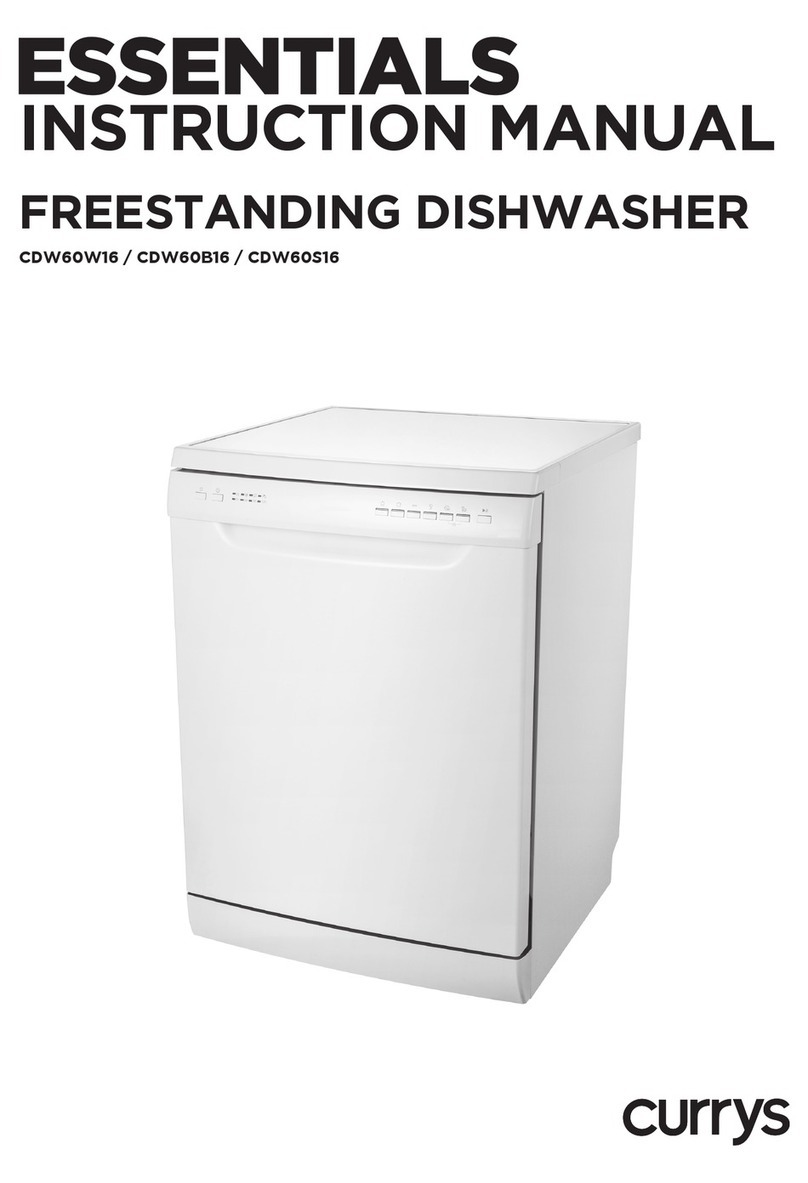Contents
Safety Warnings............................................................................................................................ 5
Unpacking..................................................................................................................................... 8
Installation .................................................................................................................................... 9
Location .......................................................................................................................................................................9
Product Overview....................................................................................................................... 12
Front View ................................................................................................................................................................ 12
Rear View ..................................................................................................................................................................12
Dishwasher Basket and Cutlery Basket..........................................................................................................13
Internal View............................................................................................................................................................13
Control Panel...........................................................................................................................................................14
Before Operating........................................................................................................................ 15
To Open the Door.................................................................................................................................................. 15
To Close the Door ..................................................................................................................................................15
Items Not Suitable for Use in the Dishwasher.............................................................................................15
Adding Detergent or Detergent Tablet..................................................................................... 16
Adding Rinse Aid ........................................................................................................................ 17
Adjusting the Rinse Aid Reservoir................................................................................................................... 17
Adding Salt.................................................................................................................................. 18
Loading the Dishwasher ............................................................................................................ 19
Before Loading the Dishwasher....................................................................................................................... 19
Dishwasher Basket ................................................................................................................................................ 20
– Hinged Cup Rack ............................................................................................................................................... 20
– Hinged Spikes.....................................................................................................................................................20
– Loading the Dishwasher Basket for 6 Place Settings............................................................................21
Cutlery Basket......................................................................................................................................................... 21
Operation .................................................................................................................................... 22
Starting a Wash Cycle...........................................................................................................................................22
Changing a Programme......................................................................................................................................22
At the End of a Programme ...............................................................................................................................22
Switching O the Unit .........................................................................................................................................22
Unloading the Dishwasher ................................................................................................................................22
Wash Cycle Table......................................................................................................................... 23
